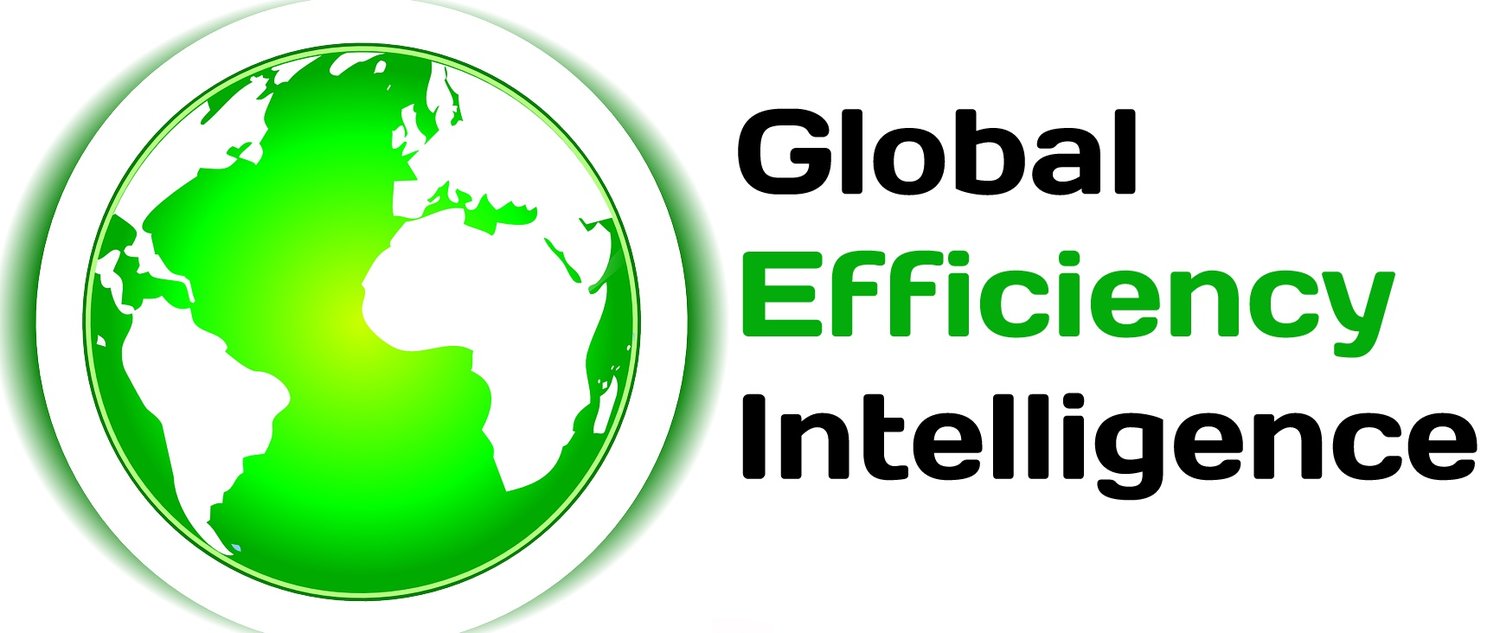Data Centers in the AI Era:
Energy and Emissions Impacts in the U.S. and Key States
Authors: Cecilia Springer and Ali Hasanbeigi
The rising demand for data processing and storage, driven by advancements in AI and large-scale computing, has raised concerns about the energy use and emissions profiles of new data centers in the U.S. and globally. With data centers in the U.S. rapidly expanding, their energy and emissions footprint will largely depend on the technologies and pathways adopted. This report examines the geographical distribution, projected energy and emissions impacts, and state-level regulations affecting data center development, aiming to provide policymakers and stakeholders with insights to guide decisions on siting, construction, operations, and grid planning for low-carbon growth in computing demand.
The U.S. leads globally with approximately 3,000 data centers, representing 40% of the world’s total, with top states like Virginia, California, and Texas housing over half of the nation's data centers. The trend in data center expansion is largely driven by factors such as land availability, access to affordable, reliable power, and proximity to end-users for low latency. Renewable energy access and incentives, including tax benefits, further influence data center siting, particularly as companies aim for 100% renewable energy.
We estimate data center electricity consumption through 2035 for the US and five key states where data center power demand is expected to grow: Virginia, Texas, Arizona, California, and Ohio. We estimate that by 2030, data center electricity demand could range from 345 to 490 TWh per year across efficiency and growth scenarios, reaching up to 655 TWh per year by 2035 under the highest growth and lowest efficiency scenario.
Much of the concern around data centers focuses on how much local electricity supply they will consume. We gathered data on projected electricity generation over time from the EIA for regional electricity markets and then used our estimates of electricity consumption by data centers over time to calculate the share of data center electricity use in total electricity generation. We find that data centers could make up 36-51% of Virginia’s electricity consumption by 2030, or 28-54% by 2035, the largest share of total electricity demand out of the states studied. However, the other states and the US as a whole have lower overall shares of data center electricity demand, with Virginia representing a unique case where data centers are a dominant economic sector in the state.
For the US as a whole, data center electricity use could increase from about 4% of the current total to 8-11% by 2030 and 8-15% by 2035, depending on growth rates and efficiency trajectories.
Figure 1: Share of data center electricity demand out of total electricity demand, 2024-2035, all scenarios. Source: this study.
Note: the scenarios shown in gray are cumulative, i.e., the darkest gray bar for the High Growth-BAU Efficiency scenario represents the value from the top of that bar to the zero axis.
The emissions from data centers depend on a number of factors, modeled as scenarios in our study: computing demand growth, building efficiency (PUE), and procurement of renewable energy. Annual CO2 emissions from data centers in the US are expected to rise through 2030. According to our analysis, emissions from data center electricity consumption could peak in 2030 at around between 63-83 Mt CO2 per year.
We estimate that about 25% of the current electricity supply from data centers could come from directly procured renewable electricity. With a higher share and more rapid growth of RE for data centers, on top of ongoing grid decarbonization in the US, data centers could plateau and even begin declining in the near term, depending on growth scenarios, even as overall data center electricity consumption increases. Overall, our results show that increased RE procurement is a much larger driver of potential emissions reductions than increased efficiency (PUE).
Figure 2: Projected annual CO2 emissions from data centers over time in the US, High Growth scenario
Based on our findings, we make policy recommendations for reducing emissions from data centers through energy system interventions across six key areas: renewable energy procurement, load management, grid optimization, enhanced state-level RE targets, improved energy management at data centers, and public data initiatives. Increasing renewable energy adoption can ensure that data center electricity consumption growth does not lead to an attendant increase in CO2 emissions.
Incentives for 24/7 clean energy tracking and long-term PPAs can help align data center energy needs with renewable energy supply. Load management improvements, including refined forecasting, demand response programs, and flexible scheduling, would help optimize grid resources. Grid infrastructure upgrades, especially expanded transmission networks and shared energy economy models, can help integrate renewables into data center operations. State-level ambitions should include data center-specific RE targets and incentives for high-efficiency standards.
In addition, public data initiatives can support transparency by tracking energy use and emissions benchmarks, which can help decision-makers understand and mitigate the emissions impacts of data centers.
Technological innovation is critical for addressing the rising energy demands of AI and data centers. While improvements in Power Usage Effectiveness (PUE) alone won't significantly curb electricity consumption amid growing computing needs, advances in hardware (like GPUs and TPUs), non-traditional computing (such as quantum and neuromorphic systems), and cloud-based energy optimization offer potential efficiency gains. However, software efficiency plays a pivotal role in reducing AI and data center energy use. Companies like DeepSeek exemplify this through innovations in sparse modeling and data reduction techniques, optimizing both AI model training and inference to minimize computational overhead while maintaining high performance. Such software-driven efficiency improvements, alongside dynamic resource management in cloud environments, are essential for meeting future computing demands with lower energy footprints.
To read the full report and see complete results and analysis of this new study, Download the full report from the link above.
Don't forget to Follow us on LinkedIn, Facebook, and X to get the latest about our new blog posts, projects, and publications.



